BLOG
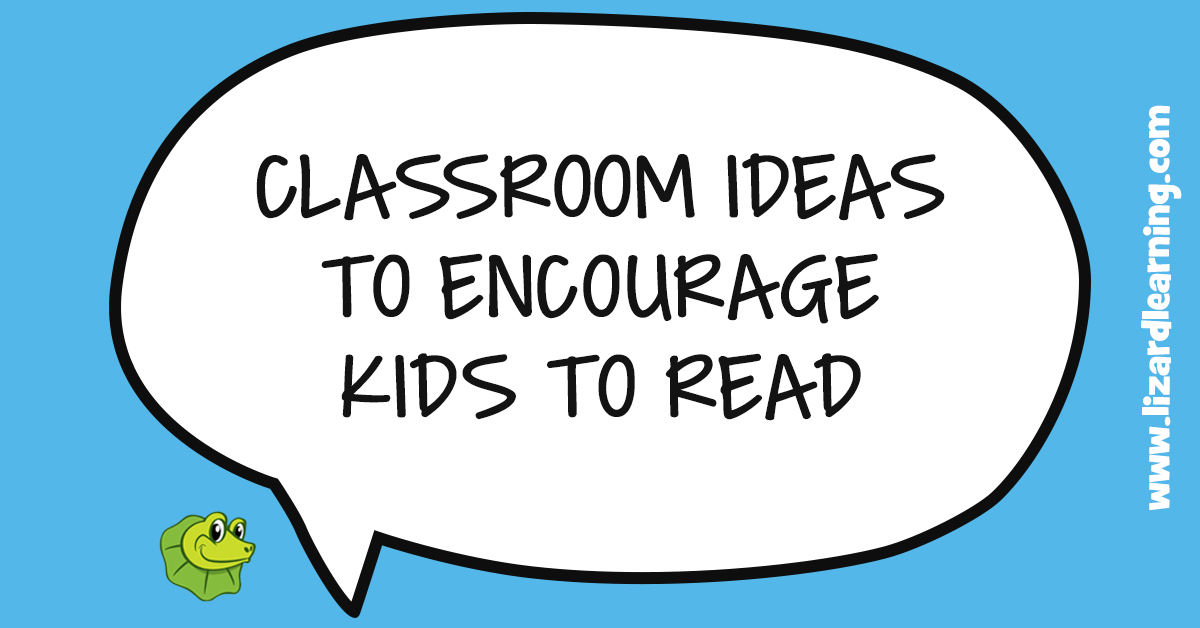
CLASSROOM IDEAS TO ENCOURAGE KIDS TO READ
As we come to the end of Book Week it’s important that we continue to create fun, easy and engaging ways for our kids to read. This is the perfect time to make sure you have strategies in place to make this possible within your classroom. We have put together some of our favourite tips, tricks, and activities to encourage kids to read books and engage with the stories.
- 1. Make space to read – This year’s Book Week theme was ‘Escape to Everywhere’. The idea of a book as an adventure, or a way to take some time out from the real world is an excellent way to encourage children to read. To really emphasise this, work together as a class to create a reading space. It might just be a corner with a few pillows next to a book shelf, or you could go all out and create a little fort. Stuffed toys as Reading Buddies are an excellent addition to any reading space. Children LOVE snuggling up to a classroom cuddly toy and reading.
- 2. Let kids choose their own books – Allowing reluctant readers to pick their own book to read forces them to engage with the story before it has even started. It also makes reading feel less like a chore. To take this idea further you can encourage your students to read ‘choose your own adventure’ style books where children can actively participate in guiding the story.
- 2. Everyone likes pictures – Books with illustrations that match the text help kids to imagine the world of the story more clearly. Visualising what a character or a place looks like helps kids to get lost in the story. If the book doesn’t have many pictures, get your students to find a description of a place, thing, or character from the story and draw it themselves. Comic books and graphic novels are also a great way to encourage reluctant readers of all ages. The stories can still be complex enough to challenge them, and the artwork can help more visual children engage with stories. They also provide a starting point for lessons on methods of storytelling.
- 4. Matchmaking – Help students find books that will match their personality or background. When trying to encourage kids to read, finding a story with a main character that they can relate to will help them to relate to the story and engage with it more deeply. It also provides an opportunity to make kids feel special because their reading experience is more tailored to them. It could even be a fun class activity to promote understanding of difference if each child is given a book that matches their personality or interests, and then when they have finished reading they swap with other members of their class. If possible you could have every student in the class read every other student’s story so that everyone has the opportunity to gain some understanding, and maybe even make some new friends.
- 5. Book AwardsOfficial book awards are an important part of Book Week so why not make your own version. Select a variety of books for your students to read over a term. Get them to rate and review each book after it is finished. Then at the end of the term tally up which books your students thought were best. This is a great activity because it can be scaled up or down to match the age of your students.
- 6. Book Club – Divide your class into groups and assign each group a different book to read. Get the group together regularly to discuss their progress and opinions. Students can then encourage each other to read, rather than feeling like their teacher is forcing them. It gives them an opportunity to discuss themes and issues in the story and ask questions about things they don’t understand.
- 7. Where is the world? – Construct a sign post that features as many different fictional places as you can think of (e.g. Hogwarts, Sherwood Forest, The Hundred Acre Wood, and Deltora). How many of the books about these places have your students read? Which books would they like to read? To continue this idea find some books that have maps of fictional worlds (e.g. The Hobbit, the Narnia books, or the How to Train Your Dragon books) and use these as examples to create maps of fictional places from other books.
- 8. I can show you the World(s) – Books provide a window into different worlds and different parts of our own world. Students can explore countries and time periods that they may never see, and think about how the future might look. For older kids it can also be an examination of what makes a culture or place unique and how that affects the people who live there and the stories they tell. The idea of reading as a way to travel to different worlds lends itself to fun travel based reading activities. Get your kids to design a travel brochure for their favourite fictional place, or write a story where they travel into their favourite fictional world. Books that are set in the past or future are a great starting point for learning about history, or the lasted inventions.
- 9. Truth is stranger than fiction – Sometimes stories about true people can be even weirder or more interesting that stories about fictional characters. There are a bunch of fun biographies aimed at children of all ages. Learning about things that real people have done or achieved inspires children to think about the possibilities for their future. If you don’t think your students would be into straight biographies, historical fiction is a great way to introduce kids to different time periods and famous people more gently.
- 10. Make it Fun! – Regardless of their age, kids want to enjoy reading. If it feels like a chore they won’t want to do it. So make it fun for them to read. For younger kids make it fun when you read it to them; make up voices for different characters, create funny sound effects and let the children join in. As a class decide on your favourite scene from a book you are reading and re-create it. This can be as simple or as complicated as you want. It could even make a fun drama project for older kids to adapt a scene from a novel into a mini play.
- 11. Bingo – Kids love charts and competitions. Set up some form of visual representation of the amount of books your students have read with rewards for milestones. Another option is Book Bingo. Book Bingo encourages students to read more broadly. Create a bingo chart with things that might appear in a book (e.g. Character fights a dragon; character travels to another country; someone speaks in a different language). Think of a book related reward for students who reach bingo or check off all the boxes on their sheet. Book Bingo is a fun and easy type of reading.
- 12. DIY Stories – There are all sorts of excellent websites and programs out there that help kids create their own stories. Storybird is a fun and free one. Encouraging students to write stories not only improves their creativity and writing skills but it helps them to think about the process of creating and developing an idea.
Reading is such an important skill for people of all ages. It expands the mind, makes learning easier, creates empathy, and fuels creativity. Encouraging children to read from a young age is so important. Most teachers recognise the importance of reading, but that importance doesn’t end at the classroom door. It is vital that kids are encouraged and supported to read at all ages at home as well. Reading with your kids, even if that just means sitting next to each other and reading separate books, is a crucial element of encouraging kids to read. It might even prove to be a good opportunity to get back into reading yourself. As an adult life gets busy and reading falls at the wayside, but there are few things better than escaping into a good book. And just remember there is a book out there for everyone, so keep looking for the one that makes you fall in love with reading all over again.
Cindy x
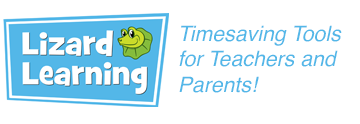
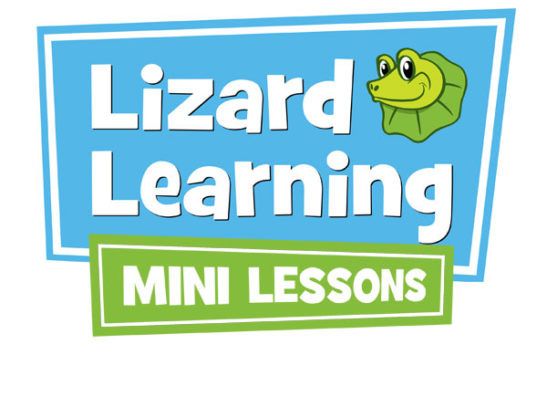
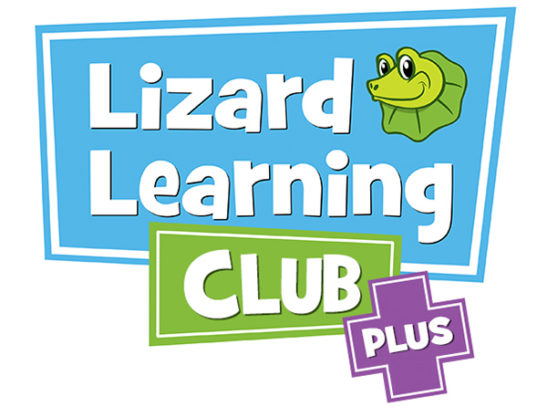
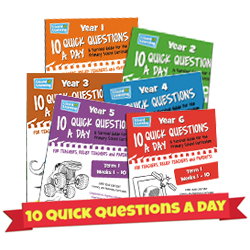
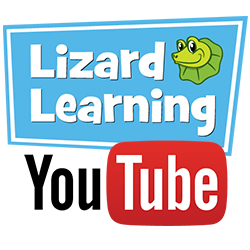



0 Comments